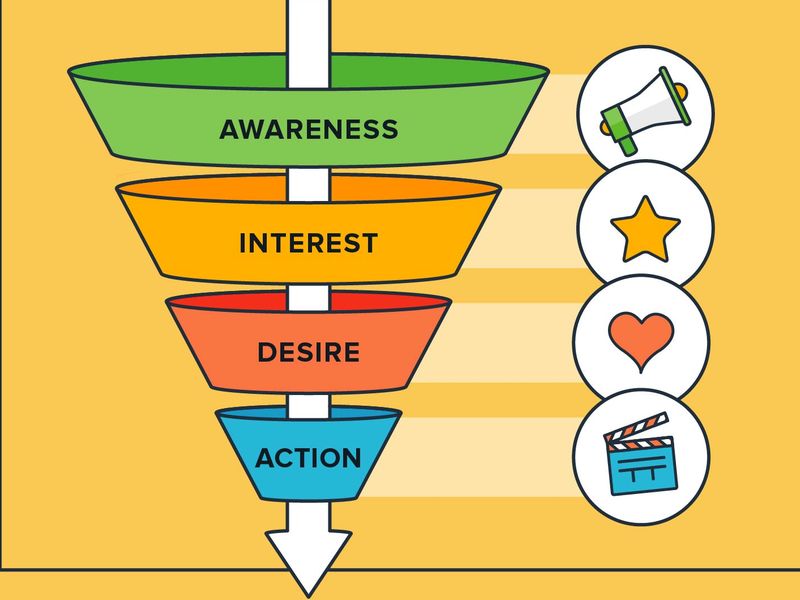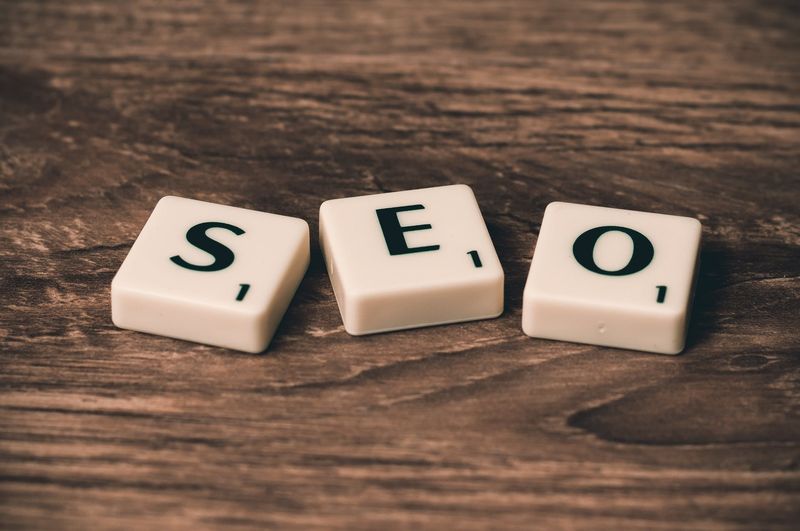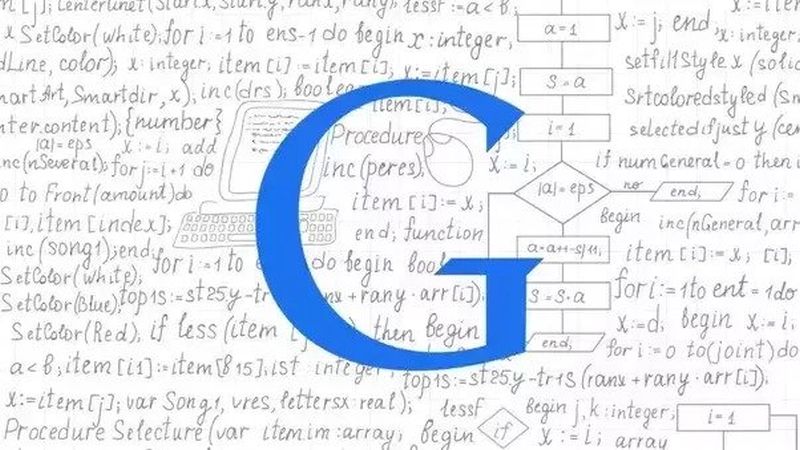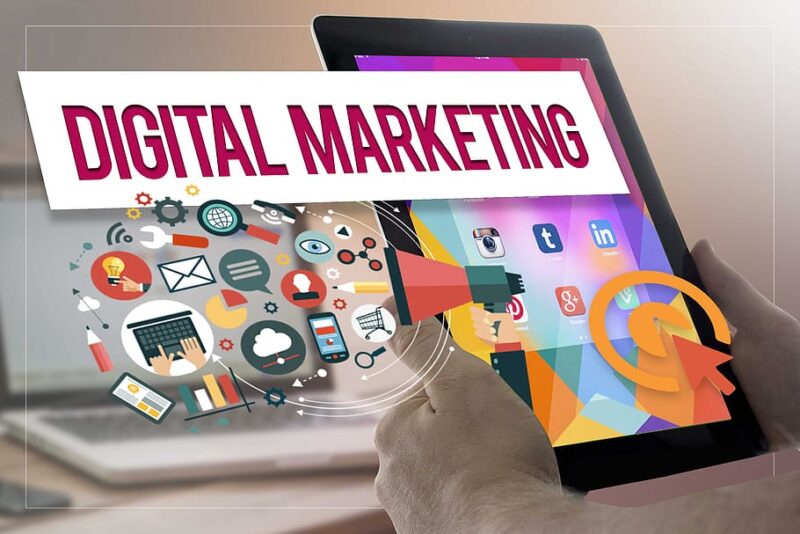The rise of the internet and the advent of online advertising have revolutionized the marketing landscape. It has become easier to reach out to your target audience and convert them into paying customers. When executed correctly, a digital marketing strategy also strengthens your reputation and helps you win your audience’s trust. Additionally, it is more cost-effective than traditional advertising and yields long term results.
However, the immense popularity of digital marketing techniques has also resulted in online saturation. Every other business, big or small, wants a piece of the pie. With so many people hopping on the digital marketing bandwagon, it is becoming difficult to stand out from the crowd. That is why it has become essential to build a rock-solid digital marketing strategy.
Unless you’re living under a rock in 2024, you likely already have a digital marketing strategy. However, it is important to understand that the digital marketing landscape is constantly changing. That is why it is crucial to adapt your strategy according to the latest trends and developments.
We’ve outlined a few steps to develop a powerful digital marketing strategy:
1. Define Your Goals & KPIs

You can’t create and execute a successful marketing campaign without understanding its purpose. It is, therefore, essential to identify your marketing objectives. This will influence your budget as well as the channels you use to connect with your audience. It will also help you monitor your campaign’s performance and measure its return on investment (ROI).
For instance, if you want to boost brand awareness, focusing on social media marketing is a great idea. On the other hand, if you want to build your mailing list, search engine optimization and paid search ads are more suitable. Likewise, if your goal is to strengthen brand authority and reputation, starting a podcast series would be ideal.
You should set clear and practical goals that can be monitored over a given period. It is recommended that you use the SMART approach to define goals that are: Specific, Measurable, Attainable, Realistic, and Time-bound.
Here are a few examples of SMART goals:
- Increase email opt-ins by 50% in the next quarter
- Boost audience engagement on social media by 50% in the next quarter
- Get 50,000 Instagram followers in the next six months
- Increase e-book sales by 25% in the next quarter
- 2x YouTube subscribers in the next six months
Once you’ve defined your objectives, the next step is to assign a key performance indicator (KPIs) to each goal. KPIs are measurable milestones or metrics that let you determine whether a goal has been achieved. For instance, if your goal is to build your mailing list, the number of email opt-ins per month is a suitable KPI.
2. Know Your Audience

Building a marketing strategy without understanding what your audience wants is like shooting in the dark. It might result in a stroke of luck, but you can’t achieve your goals in the long run. Defining and understanding your target audience is the backbone of your digital marketing strategy. It determines the content you create, the channels you use, and the hashtags you use.
Most marketers focus on demographic parameters such as age group, profession, gender, etc. However, if you want your campaign to resonate with your target audience, it is essential to delve deeper into their psyche. You must have a clear idea of their ambitions, aspirations, pain points, and struggles. Addressing their pain points and resolving their problems is the key to executing a successful digital marketing campaign.
If you’re active on social media platforms, you can conduct an audience poll to understand their needs and pain points. Likewise, if you have a mailing list, you can conduct an online survey to understand what your audience wants. It is also recommended that you take a look at the analytics section of your social media profiles to get a deeper insight into your audience. Additionally, you can use Google Analytics to monitor your website visitors and understand who they are.
It is also crucial to find the social media platforms and communication channels your audience uses the most. Apart from identifying your target audience, you should also define individual customer personas for each stage of the buyer’s journey. Think of it as a portrayal of your ideal customer at each stage, namely: awareness, consideration, and decision. It will help you better define your audience’s preferences, priorities, and pain points at different stages.
3. Allocate Your Budget

Digital marketing isn’t just about creating a free WordPress blog and publishing new blog posts once in a blue moon. It is also not about posting random memes and videos on Facebook and Instagram throughout the day. It requires an organized approach and a dedicated team of skilled writers, designers, content creators, and marketers. That is why you must allocate a specific digital marketing budget based on your goals and target audience.
4. Outline a Conversion Funnel

The ultimate goal of any marketing strategy is to drive conversions. Whether you’re convincing a lead to purchase your product or encouraging a prospect to sign-up for your mailing list, your focus is on conversions. Therefore, it is important to create a conversion funnel that outlines the journey a prospect will take before you achieve your end goal. This, in turn, helps you identify the right marketing channels and content formats to generate, nurture, and convert leads.
5. Select the Right Techniques & Channels

Digital marketing is an umbrella term that encompasses a diverse array of new-age marketing techniques. These include search engine optimization (SEO), social media marketing, influencer marketing, pay-per-click (PPC) advertising, content marketing, email marketing, etc. The key is to select the right combination of techniques that will resonate with your audience and help you achieve your goals.
For instance, if you want to increase customer loyalty, a combination of content and email marketing is the right choice. Likewise, if you want to strengthen brand credibility and reputation, content marketing and SEO would be a better choice. On the other hand, if you want to increase registrations for an upcoming webinar, PPC advertising and paid social ads would be suitable.
It is also crucial to select the channels where your potential customers will most likely be active. While the tech-savvy Gen Z would be more active on social media, Gen Y might be more inclined to check their email multiple times during the day. Likewise, if you want to connect with top-level decision-makers, LinkedIn would be a more suitable platform than Instagram.
At this stage, it is also essential to look at your conversion funnel to assign the right channels and techniques for each stage. When someone is in the awareness stage, they’re looking to resolve their problems or learn more about your brand. You can create relevant blog posts and optimize them with the right keywords to reach out to these prospects.
6. Prioritize Content

High-quality, original, insightful, and engaging content is the lifeblood of every digital marketing strategy. Irrespective of whether you want to focus on SEO or influencer marketing, you need amazing content to fuel your campaign. Depending on the marketing techniques you use, you can choose from the following content formats:
- Blog posts
- E-books
- Whitepapers
- Newsletters
- Infographics
- Videos
- Podcasts
- Webinars
- Images
- Checklists
- Case studies
- Ultimate guides
- Memes
The idea is to select a content format that will immediately grab your audience’s attention. It should also move a prospect forward in the conversion funnel and help you achieve your goals. Additionally, you must analyze your budget and determine whether you can afford to create a specific content type. Certain types of content, such as videos, can be more expensive than others.

Next, you must identify the topics and themes that will attract your audience. It is recommended that you perform thorough keyword research to identify the search queries your target audience likely uses. This, in turn, gives you an idea of the information they’re urgently looking for. Additionally, you should identify content formats that are best suited for each stage of the conversion funnel.
7. Track & Measure
You must monitor your content assets across various channels using the KPIs you’d set in the first step. You can use Google Analytics and social media analytics for this purpose. It’ll help you identify loopholes and gaps and improve your strategy even further.
8. Stay Updated

The world of digital marketing is extremely dynamic. Search engine algorithms are regularly updated even as new social media platforms emerge. Therefore, you must follow relevant news websites and journals to learn about emerging trends and developments.
Alternatively, you can join a digital marketing course to learn the latest tricks of the trade. It’ll help you view your marketing strategy from a fresh perspective and modify it for better results. Many premier institutes such as Kallada Academy offer affordable online courses for beginners as well as professionals.
What steps does your company follow to create a digital marketing strategy? Share your views in the comments section below.



